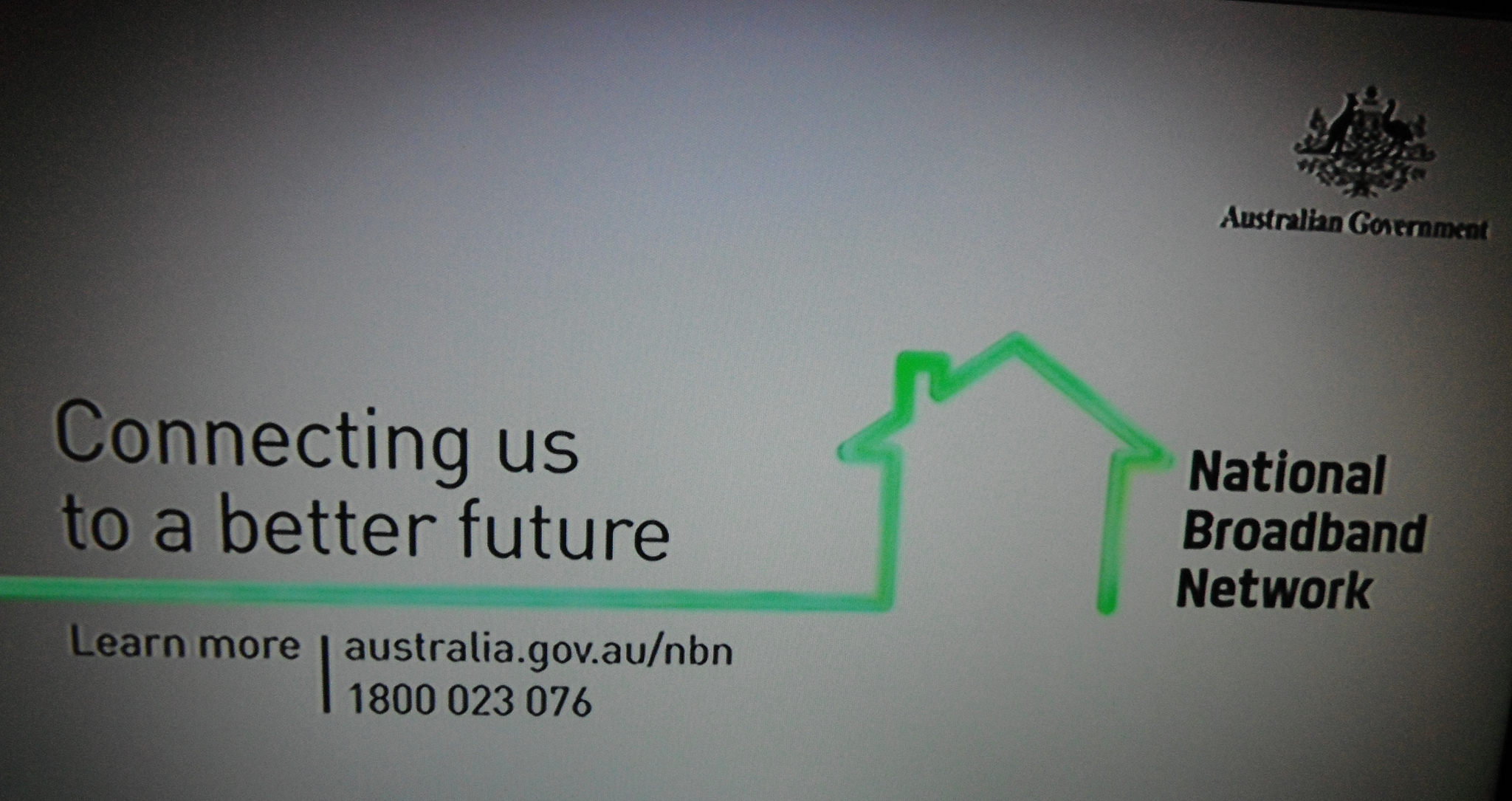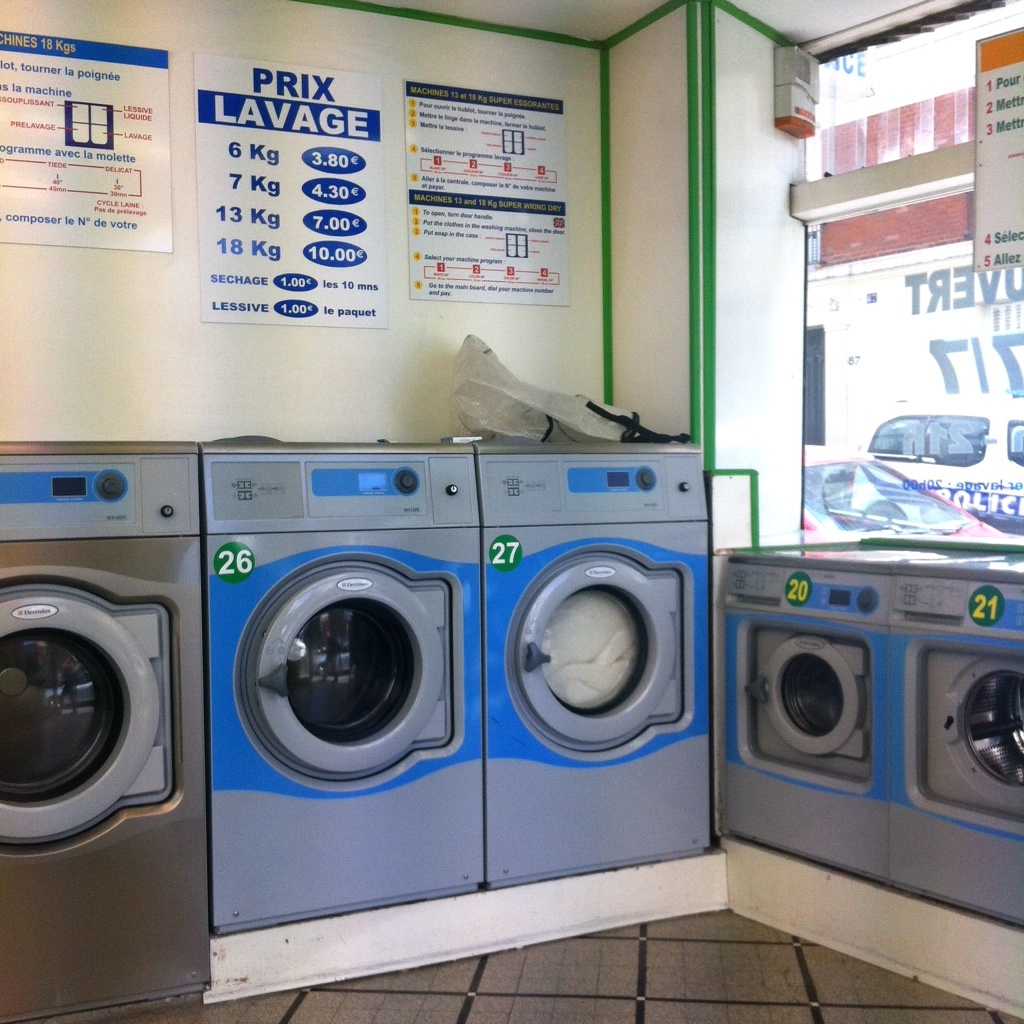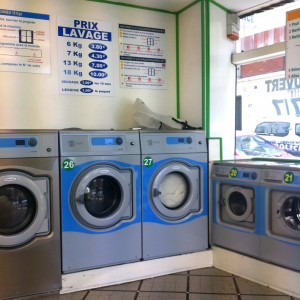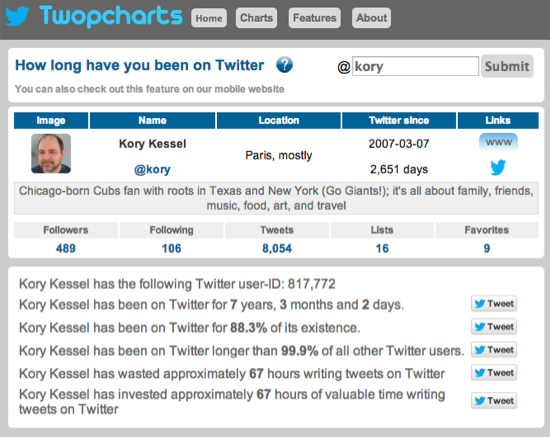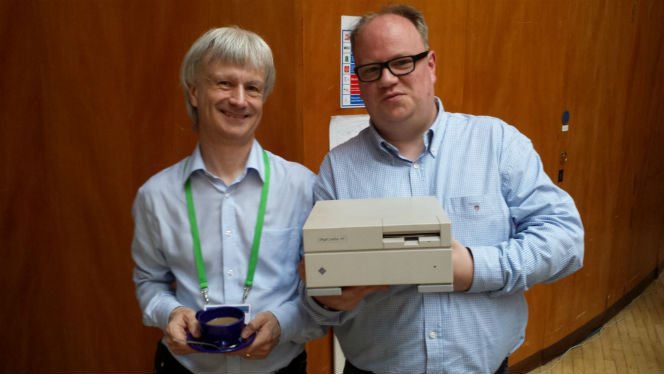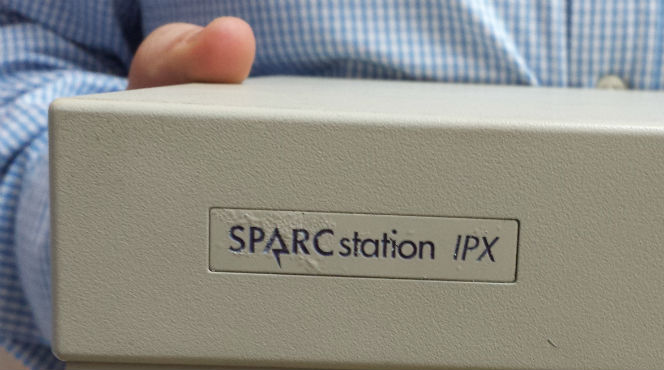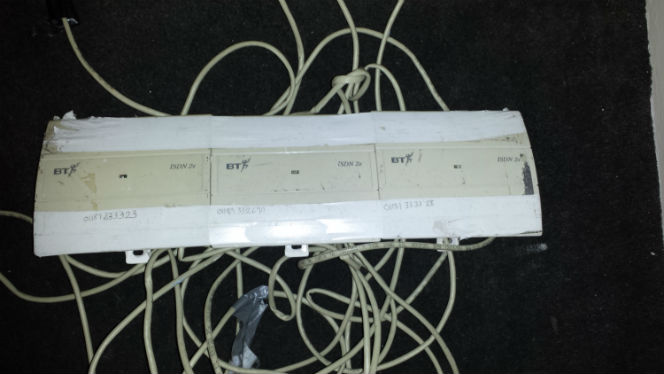Recounting a (digital) summer holiday, well spent.
I didn’t intend to take a break from writing during this year’s La Famille Kessel summer holiday in Normandy. No, I had plans to regale stalwart trefor.net readers with missives on the nature of my vacation from the digital perspective, intending to carry the content flag for anyone out there hungering for fresh pixelated meat during these dog days of August. Of course, I also planned to put sugar in the Latte Cannelle that just arrived to the left of KoryChrome here at Paris’s RROLL. Not salt.
Offering up the Yiddish proverb my departed mother used to wield easily and quite often, “Man plans and God laughs.”
Failures aside (gee, that was easy), in an attempt to backwards-engineer satisfaction of the aforementioned hunger I will recount five (5) areas of computer-based fun I indulged in around the edges of my mostly unearned R&R over the past four weeks.
<OK. Everybody take a breath. Here we go.>
- As an R.E.M. fan(atic) dating back to the 1983’s “Murmur” I was thrilled to learn in May that the band was finally making good on their long-held promise/threat to issue a rarities collection. And in typical R.E.M. style the boys over-delivered, kicking out not one collection but two — Complete Rarities: I.R.S. 1982-1987 (50 tracks) and Complete Rarities: Warner Bros. 1988-2011 (131 tracks). 181 tracks, the equivalent of 18 albums of “new” material. Of course, the fact that I already had 98% of the tracks didn’t make this treasure trove any less interesting, oh no! These two digital “boxsets” represented an UPGRADE opportunity supreme, as well as hours and hours of artwork foraging and data tagging and reconciliation amusement. Just my kind of BIG data.
- It seems that every summer for going on who-knows-how-many years I have on some late night or other sat down at my computer determined to finally get a definitive handle on media information delivery. Or, in other words, figuring out how to configure RSS feeds in a way that not only brought links across from my favorite resources in a great many areas, but that did so in a way that allowed me to spend more time benefitting from the deluge than managing it. I hesitate to whether I succeeded this time, but with RSS Notifier in place and tweaked pretty darn well I can say that my hopes are high. If next summer I find myself NOT re-attacking this project, at that time I will know that “Paid” has finally been put to this bill.
- The new trefor.net site that you hold in your hands, dear reader, has been praised far and wide, end to end, and in between the cracks (yes, I am the reason the store is out of clichés until next Tuesday). And on the surface it rocks far and wide, end to end…well, etc. Behind the scenes, though, quite a bit of work remains to be done to really get the thing humming. One major effort taking place is SEO (Search Engine Optimization) enhancement/reconciliation for legacy trefor.net posts going back six-plus years, an ongoing task that represented pretty much all of the work I did on the site during August, between opening my throat for copious food and drink intake, forming a marvelous first-impression of Guernsey (the result of a brilliant 4-day holiday-within-a-holiday excursion), and doing whatever-the-heck-else constituted a holiday well taken. Regular visitors to the site will likely not notice any changes to their trefor.net experience, save perhaps for greater crowds milling about the more popular attractions therein.
- 38+ rolls of film. In the four weeks stretching from 27-July to 24-August I shot over 38 rolls of film. “Holy Shutterbug, Batman!”, you are no doubt thinking, because presented like that the feat sure sounds impressive. And expensive. Leyna the Leica is quite the digital camera, though, so please temper your awe accordingly. Still, I do shoot in RAW and that necessitates that I “develop” the photos into .jpg files, adjusting various photo attributes as necessary (exposure, contrast, shadows, highlights, white and black clipping, saturation, sharpening, noise reduction, and perspective correction, to name far too many), so if you want to let your awe (awe for RAW?) run rampant then by all means please do.
- The “La Famille Kessel” cookbook project continued during summer holiday 2014, with 10 recipes added, the appendage of notes and photos to existing content, and even some scant thought paid to eventual production. The collection, an ongoing concern, is an amorphous beast of a thing that will bring together pass-down family and friend recipes and a wealth of those found in key cookbook/magazine/whatever over the years. Promises to be quite the tasty thing when version 1.0 is finally completed…sometime in 2022 or thereabouts, coinciding with the kicking of The Boy out of his broadband-enabled nest.
So in summing up my digital meanderings for summer 2014, it is apparent that it was all about data and databases (about as surprising as water flowing out of the spigot when the tap is turned on). And naturally, we at trefor.net are curious to know what you did to wile away the long days and short nights of summer — nobody will laugh — and thus invite your prolific Comments input. C’mon…have at it!






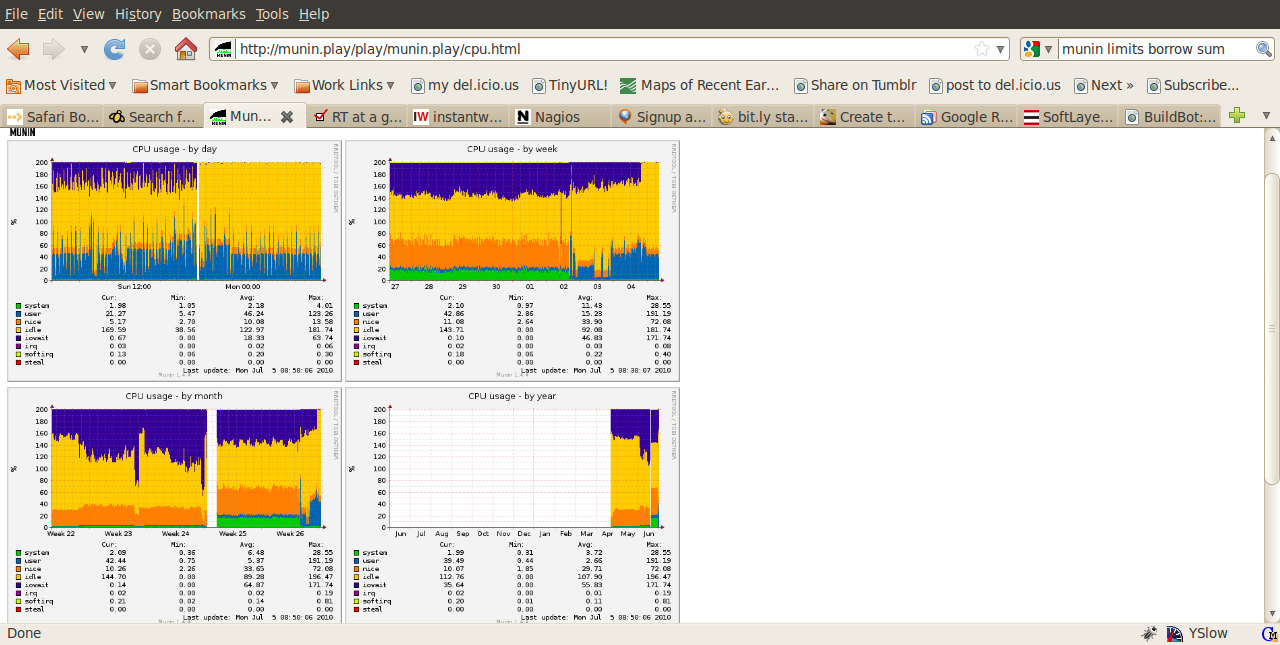




 Fourteen years have passed since I arranged my first broadband Internet service in Paris with France Telecom, and yet it is no effort whatsoever to recall that first setup. Is this because I have an elephant’s memory? Well, it could be (because I do), but it is far more likely due to the utter ridiculousness of the Alcatel Speed Touch USB ADSL modem that came with that subscription. I remember when the box arrived, modem and instructions inside, and opening it to find…an aqua-green jellyfish-serpent cyborg!
Fourteen years have passed since I arranged my first broadband Internet service in Paris with France Telecom, and yet it is no effort whatsoever to recall that first setup. Is this because I have an elephant’s memory? Well, it could be (because I do), but it is far more likely due to the utter ridiculousness of the Alcatel Speed Touch USB ADSL modem that came with that subscription. I remember when the box arrived, modem and instructions inside, and opening it to find…an aqua-green jellyfish-serpent cyborg!



